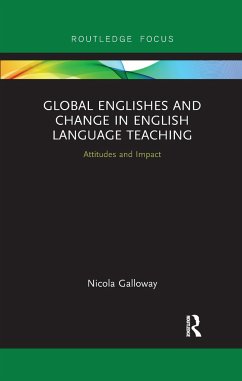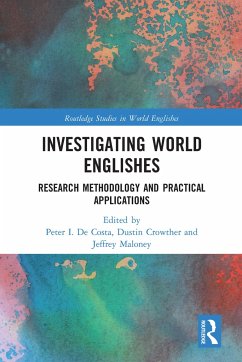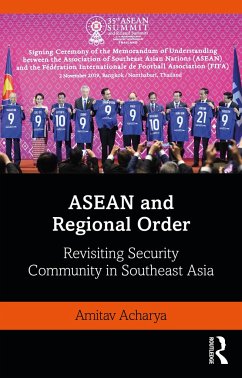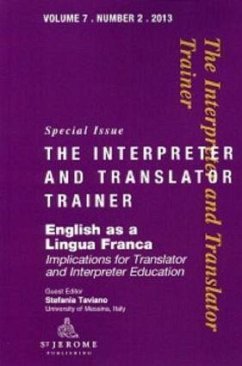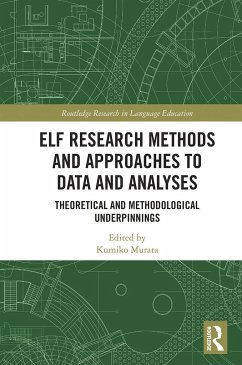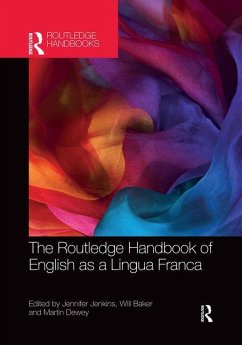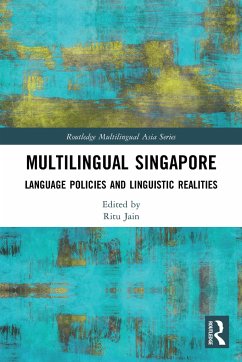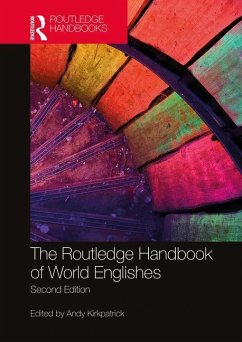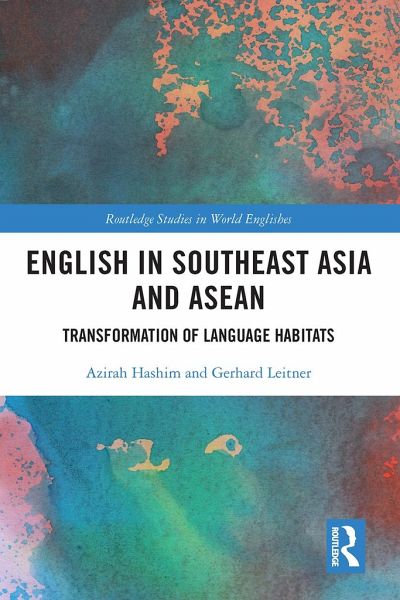
English in Southeast Asia and ASEAN
Transformation of Language Habitats
Versandkostenfrei!
Versandfertig in 6-10 Tagen
46,99 €
inkl. MwSt.
Weitere Ausgaben:

PAYBACK Punkte
23 °P sammeln!
English in Southeast Asia and ASEAN embeds English in its various regional Southeast Asian and political ASEAN language habitats. Addressing the history, developmental stages and contacts with other languages, it provides in-depth information on the region and its political organization. In doing so, it analyzes the geo-political division of the region between former Anglophone and non-Anglophone colonies and shows that this distinction has led to considerable differences in the status and texture of English. This analysis includes the role and impact of American English in mainland and mariti...
English in Southeast Asia and ASEAN embeds English in its various regional Southeast Asian and political ASEAN language habitats. Addressing the history, developmental stages and contacts with other languages, it provides in-depth information on the region and its political organization. In doing so, it analyzes the geo-political division of the region between former Anglophone and non-Anglophone colonies and shows that this distinction has led to considerable differences in the status and texture of English. This analysis includes the role and impact of American English in mainland and maritime Southeast Asia to highlight the linguistic properties of English and its linguistic and sociopolitical development, English used in specific domains, language policies and concludes with the future of English and future challenges. This book therefore provides an integrative survey of the various roles of English in ASEAN member states and studies the transformation of entire languagehabitats, including the major national and regional languages that participate in this process. It also explains how new societies emerge with their conflicting identities and their aspirations to act regionally or even globally and is a valuable resource for scholars and students in the fields of World Englishes, Asian Studies and those interested in language contact, policy and planning.





